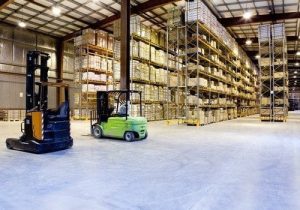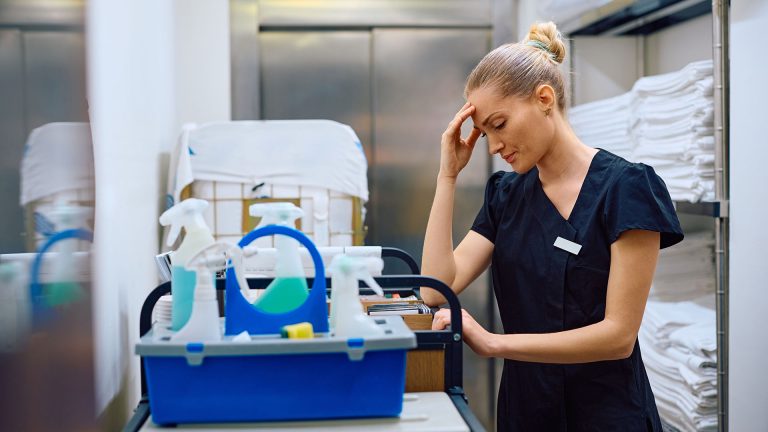
With an estimated 1 million in use in workplaces around the United States, forklifts are an essential part of material handling equipment. These vehicles also carry an inherent risk of injury that calls for special safety measures during operation.
There are 20,000 serious injuries and 100 fatalities associated with forklift use each year. Make sure your employees are aware of the top forklift dangers and how to avoid them.
Forklift Turnovers
Nearly 25 percent of forklift-related fatalities are caused by turnovers. These types of accidents are primarily due to excess or unbalanced loads, but they can also result from traveling with the forks raised too high.
– Ensure that all loads are balanced and secure.
– Use caution on inclines and wet or slippery surfaces.
– Keep forks stationary when traveling.
Striking Pedestrians
Even when forklifts are traveling at slow speeds, pedestrians will almost always be on the losing end of a collision.
– Keep forklift and pedestrian traffic separated as much as possible.
– Restrict forklift use around time clocks, lunchrooms, exits and other areas of high foot traffic.
– Install workstations at a safe distance from aisles and protect them with physical barriers.
– Enforce safe driving guidelines such as stop signs, speed limits and use of horns.
Worker Pinned or Crushed by Forklift
The average forklift weights several thousand pounds. Approximately 16 percent of fatalities occur when a forklift pins or crushes a worker.
– Forklift drivers and passengers must be in a seat with seatbelts engaged.
– Riding on the forks should be absolutely prohibited.
– Drivers should always be on the lookout for hazards.
Protect Employees with Material Handling Equipment from DJ Products
Our best-selling CartCaddyLite and other battery-powered movers include safety features to minimize workplace accidents and repetitive-motion injuries. Contact us for more information.


